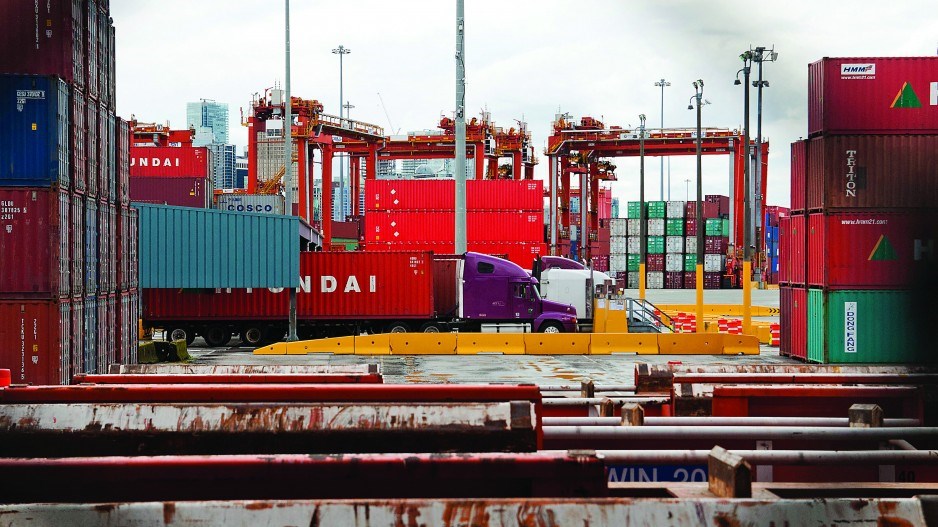On Tuesday (May 30), the Vancouver Fraser Port Authority released its 2016 economic impact study and a sustainability report outlining the Port of Vancouver’s (PoV) economic benefits for Canada’s economy and its sustainable business game plan.
With 27 cargo terminals, the PoV is Canada’s largest and North America’s third largest port.
2016’s top imports handled in port were household goods, industrial/auto, vehicle parts and construction materials.
Top exports included lumber, wood pulp and specialty crops.
In 2016, the port moved 136 million tonnes of cargo valued at $202 billion. Its total contribution to B.C.’s GDP and economic output was approximately $9.2 billion and $18.8 billion, respectively, according to the economic impact report, which was prepared by InterVISTAS Consulting Inc.
Day-to-day activity at the port generates 40,200 full-time jobs in B.C. The largest contributor is cargo movement, mainly loading and unloading ships.
The cruise industry was the second largest contributor to port employment (5,200 full-time jobs). The PoV reported that 826,820 cruise passengers came through the port in 2016.
According to the PoV, economic output from port activities has increased by $4.2 billion to $24.2 billion since the previous economic impact study.
The number of jobs across Canada generated by the port has risen 17% – to 115,300 from 98,000 – during the same period.
The port authority also released its 2016 sustainability report and announced a new goal for the PoV: to be the world’s most sustainable port.
According to the report, the port’s sustainability approach looks at various factors, including, improving port efficiency and reliability through a program that provides discounted wharf service fees to reward container vessels that arrive on time, optimizing land supply by using vacant, underused industrial properties along the Fraser River and protecting fish and wildlife habitat through its 2016 project along New Brighton Park’s shoreline for shorebirds, songbirds, and waterfowl.
“We are proud of the work we are doing to accommodate Canada’s trade needs, while at the same time maintaining a healthy environment and enabling thriving communities,” Robin Silvester, president and chief executive officer of the Vancouver Fraser Port Authority, said in a press release. “We look forward to continuing our work towards a lower carbon economy while we enable growth and economic prosperity through trade.”




